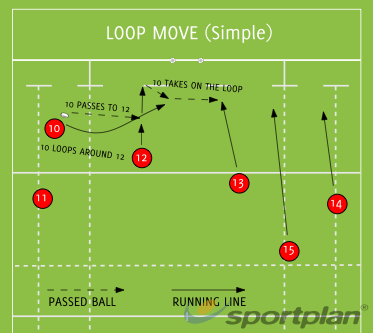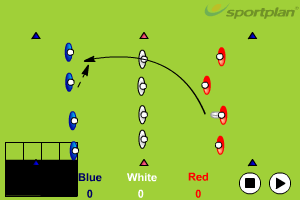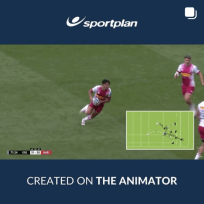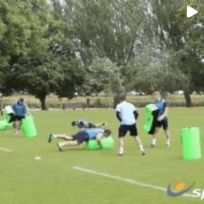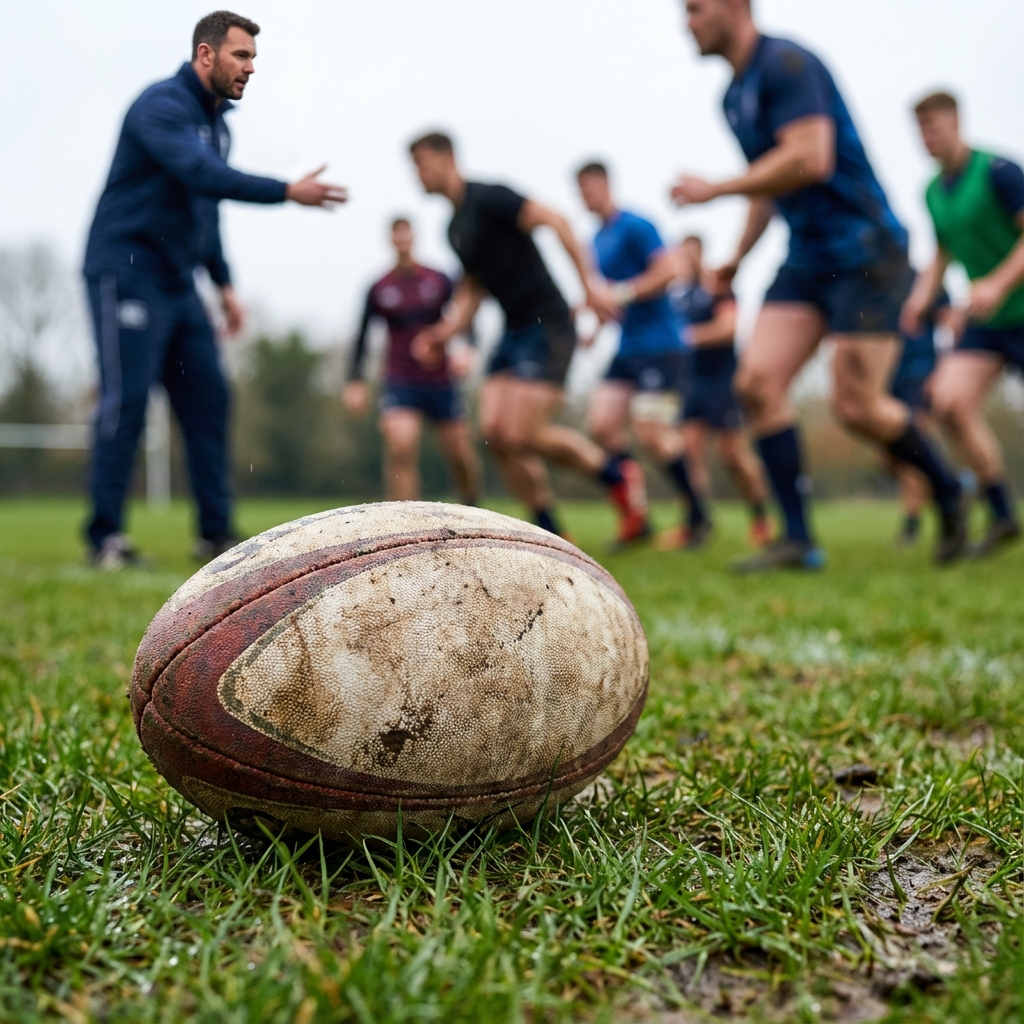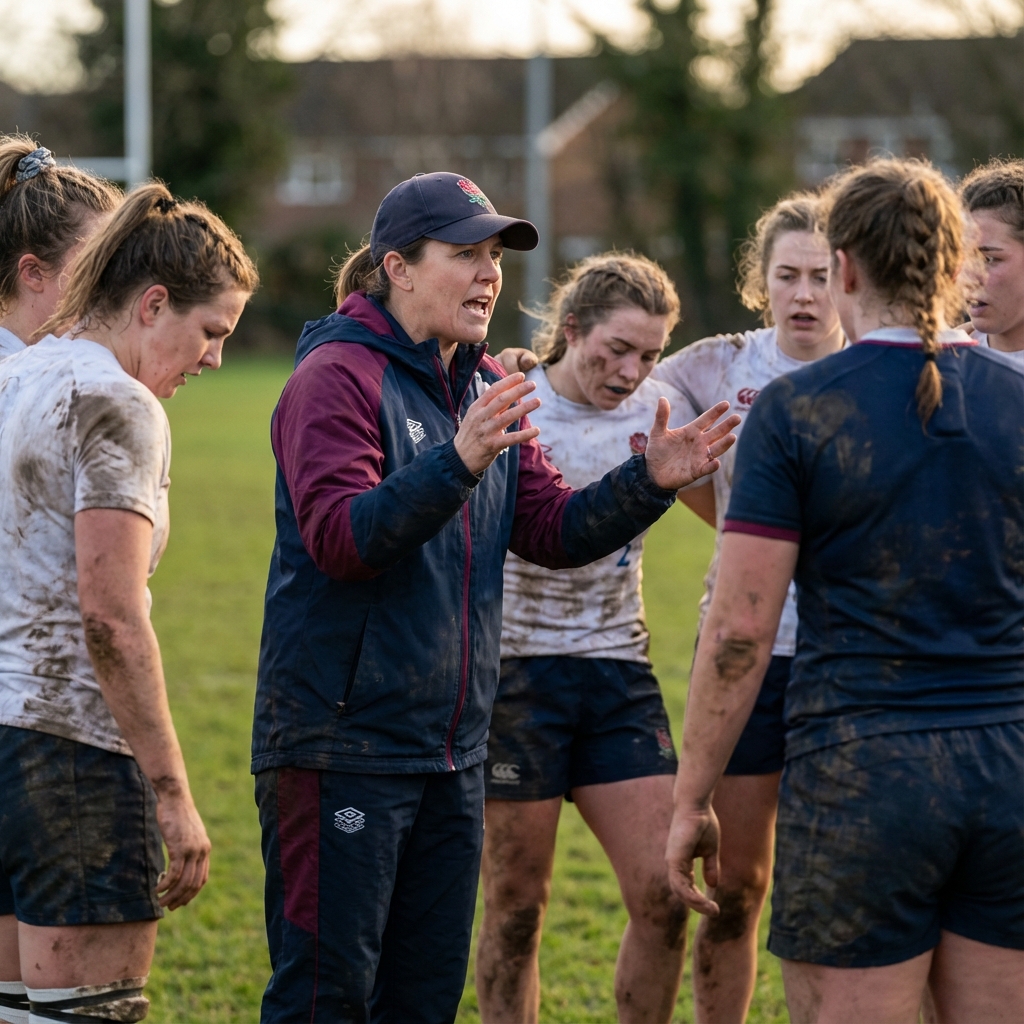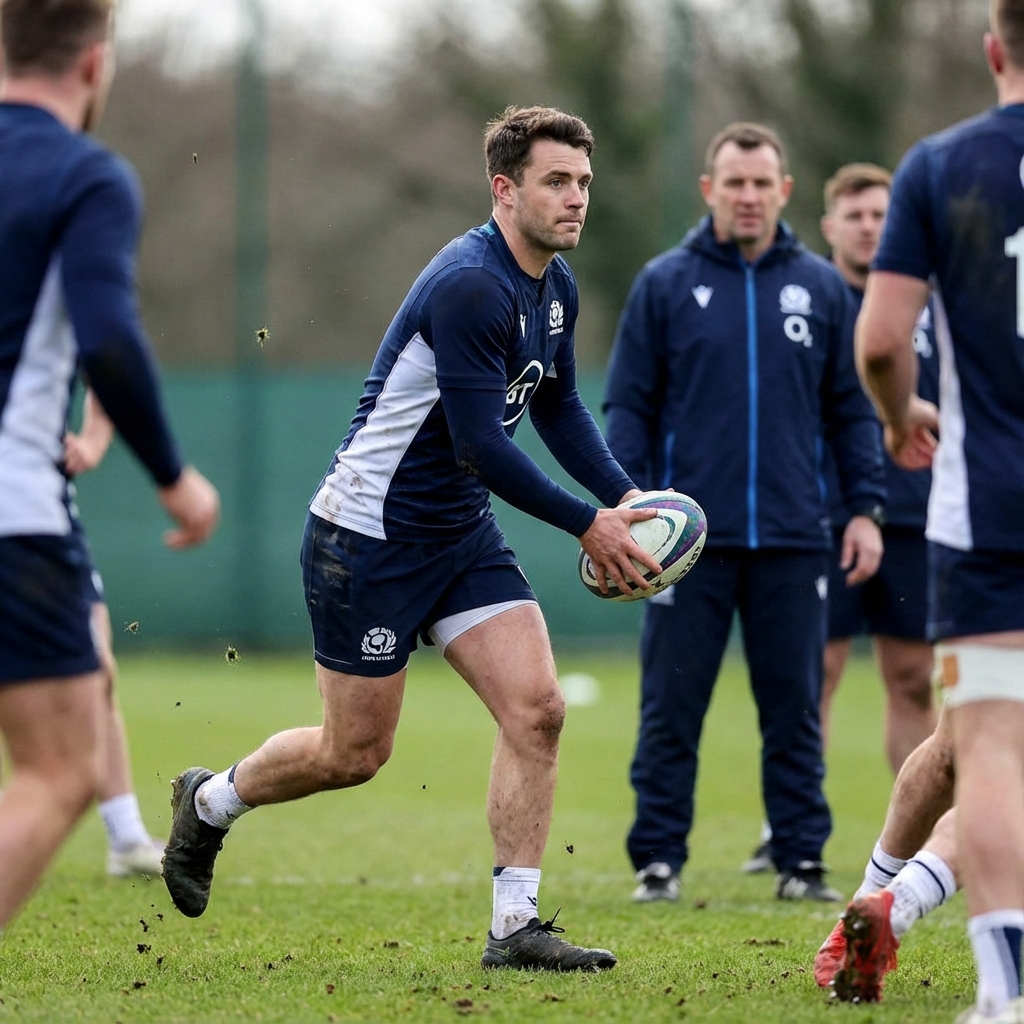Rugby is a game of decisions. Every second, players choose: pass, carry, or kick? Blitz or drift? Jackal or get back in the line? The team that makes better decisions more consistently wins matches - not necessarily the team with more talent or better fitness.
Game management is the skill of making these decisions correctly under pressure, with fatigue setting in, with the crowd noise, with the stakes rising. It can be developed.
The Decision-Making Framework
Good decisions start with good information. Players need to see the game clearly before they can choose correctly.
The OODA loop in rugby:
- Observe: What do I see? Defensive structure, space, support
- Orient: What does this mean? Opportunity, threat, neutral
- Decide: What's my best option? Pass, carry, kick, hold
- Act: Execute with commitment
The faster and more accurately players cycle through this loop, the better their decisions. Training should develop each stage.
Developing Observation Skills
Many poor decisions come from poor observation. Players who don't see the full picture can't make informed choices.
Training observation:
- Pre-scan: look before receiving the ball
- Peripheral awareness: what's beside you, not just ahead
- Key cues: what specifically to look for (defender's hips, space, numbers)
Drills for observation: Play games where the coach calls "freeze" and asks players to describe what they see. What options exist? Where's the space? Where's the threat?
Situational Awareness
Understanding the game situation frames decision-making. The right decision at 0-0 in the first minute differs from 3-0 down in the 79th minute.
Situation factors:
- Score: leading, trailing, or level
- Time: first half, second half, final minutes
- Field position: own 22, midfield, attacking 22
- Conditions: wind, rain, surface
- Momentum: who's on top right now?
Players need to know the situation without thinking about it. Score, time, and field position should be automatic awareness.
Risk Management
Every rugby decision involves risk. The question is whether the potential reward justifies the risk in this specific situation.
High-risk decisions:
- Running out of your own 22
- Offloads under pressure
- Speculative kicks without chase support
- Committing extra players to the ruck
When high-risk is acceptable:
- Trailing with time running out
- Attacking in the opposition 22
- Momentum strongly in your favour
When to play conservative:
- Protecting a lead late in the game
- Deep in your own half
- Opposition on top and looking for turnovers
Pressure Moments
Certain moments in matches carry extra pressure. Decision-making under pressure deteriorates without specific training.
High-pressure scenarios:
- Final play of the half or game
- Penalty opportunity to win/draw the match
- Defending a one-point lead in your 22
- Restart after conceding a score
Training pressure: Create pressure in training through consequences, time limits, and competitive scenarios. Players who've experienced pressure in training cope better when it matters.
Communication in Decision-Making
Rugby decisions are rarely individual. Communication coordinates group decision-making and ensures everyone understands the plan.
Essential communications:
- Ball carrier: "Carrying!" "Kicking!" "Looking left!"
- Support: "With you!" "On your shoulder!"
- Defence: "Up!" "Drift!" "Numbers!"
- General: "Time!" "Space outside!" "Keep it!"
Leaders must take ownership of communication. The fly-half and captain should constantly talk, directing the team's decision-making.
Learning from Decisions
Post-match review should examine decisions as much as execution. Why did we make that choice? What did we see? What would we do differently?
Effective review questions:
- "What was your thinking there?"
- "What options did you see?"
- "Given what you know now, what would you do?"
- "What can we learn from this?"
Avoid blame. Focus on understanding and improvement. Players who fear judgment stop taking responsibility for decisions.
Developing Decision-Makers
Coaching approaches:
- Guided discovery: ask questions rather than give answers
- Constrained games: rules that force specific decisions
- Decision overload: faster game speed to develop instinct
- Post-play review: brief discussions about choices made
The goal is players who can read, decide, and act without waiting for coach instruction. Games move too fast for external direction - players must be autonomous decision-makers.
Key Coaching Points
- Good decisions require good observation - train players to see
- Situation awareness frames every choice
- Risk must match the situation
- Pressure can be trained - create it in practice
- Communication coordinates group decisions







